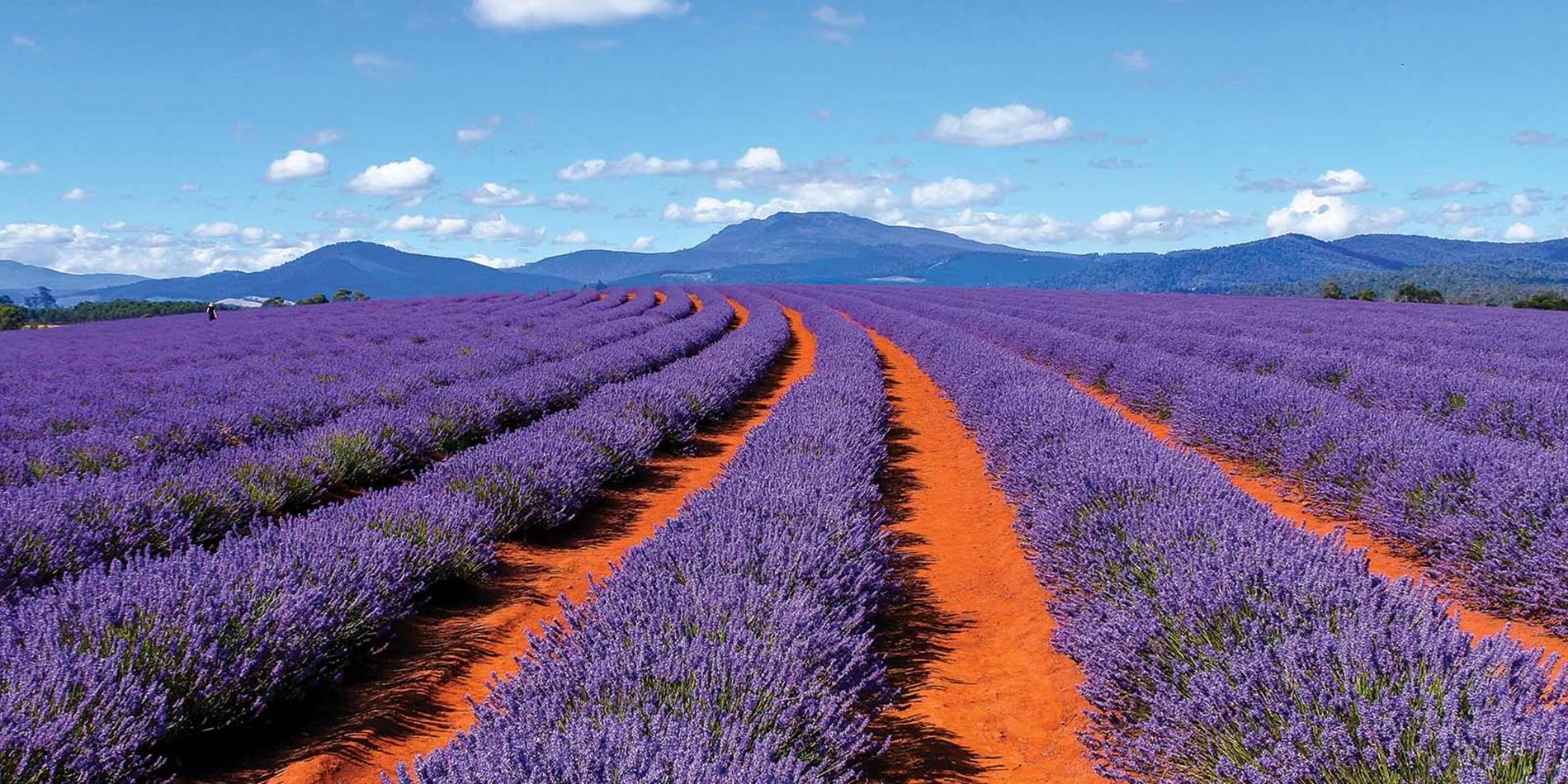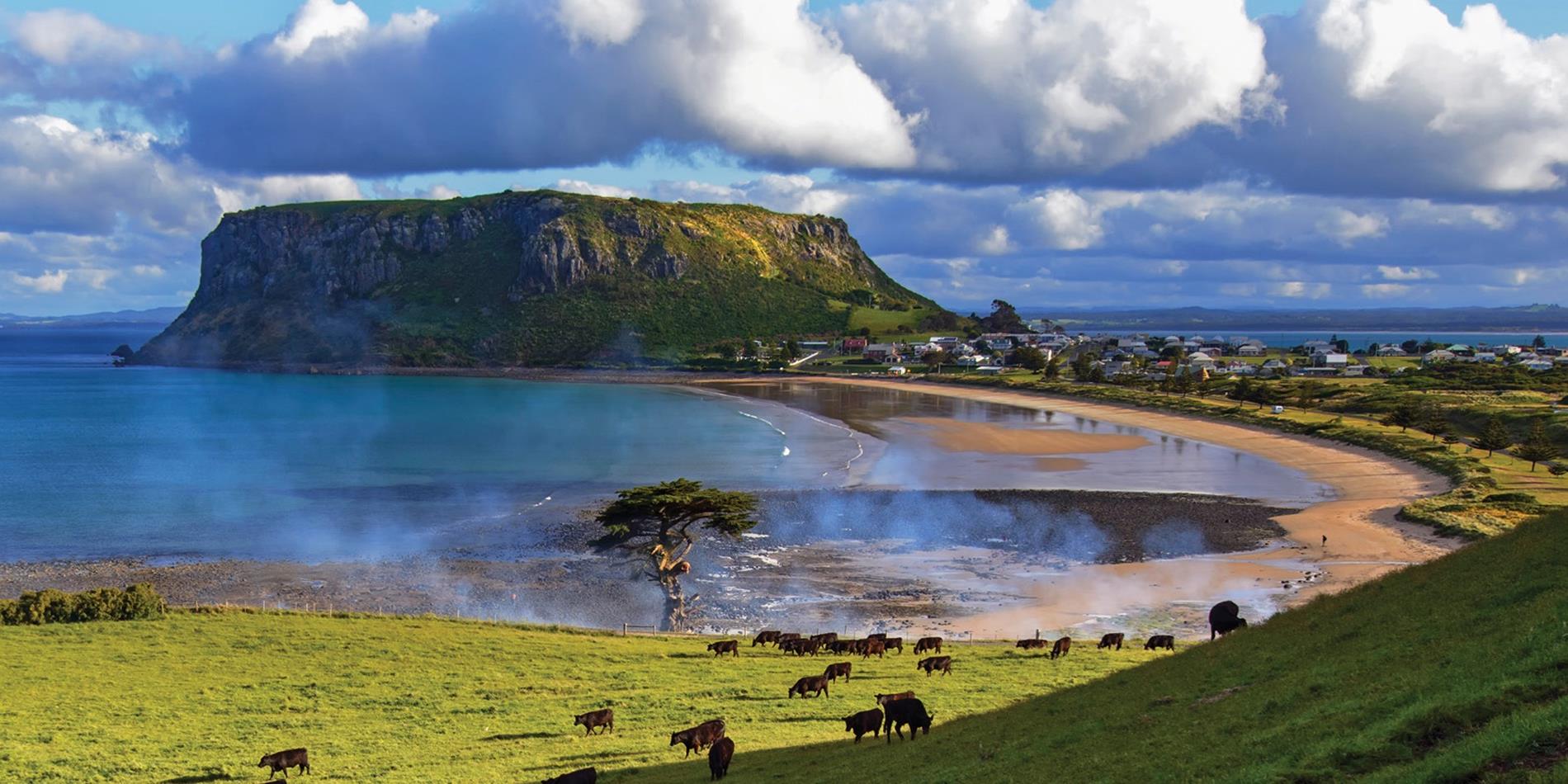

Explore Port Arthur's Convict Past
It’s one of Tasmania’s most popular tourist attractions, but the story behind the Port Arthur Historic Site is anything but easily digested, writes Andrew Bain.
For Port Arthur’s convicts, there must have been a bittersweet irony about arriving at the southern end of the world – transported across the globe to a place of immense natural beauty, and yet imprisoned in one of the world’s harshest penal systems.
Pinched between a stunning protected harbour and the bush-smothered hills of the Tasman Peninsula, Port Arthur was the most notorious of Australia’s convict settlements. It operated for more than 40 years, in the most remote, furthest-flung piece of land known to the English. Escape was almost impossible, with a line of vicious dogs guarding the only way out, a 100-metre-wide strip of sand at Eaglehawk Neck.
The convicts’ first glimpse of Port Arthur from the water would have been dominated by the industrial-scale penitentiary. If they felt like commodities before, it would have been confirmed by the knowledge that they were now sleeping among 500 or so other prisoners inside a former flour mill and granary built in 1843 – a processor of food transformed into a processor of people.
More chilling than the penitentiary, however, was the prospect of the Separate Prison behind it. Here, suitably situated beside the asylum, stood wings of single prison cells. To be sent here was to endure 23 hours of solitary confinement a day. The other hour was spent alone inside a walled yard, blinking out the sudden blinding sunlight or chilled by the Tasmanian night. Even inside the Separate Prison’s chapel they were partitioned into separate cubicles.
For all the painful punishments – the floggings, the leg irons – and the torture of jobs such as dragging logs bare-handed from the bush, the greatest ordeal might have come from the setting. It took just steps to leave the prison section and enter a scene reminiscent of an English village, but they were steps that convicts would never take.
Across green parkland lined with deciduous trees stood a row of cottages, known as Civil Officer’s Row, that housed Port Arthur’s senior officers including the chaplain, accountant, medical officer and visiting magistrate. The only time most convicts entered this picture was as they headed to and from church each Sunday. The church stood at the end of the row of cottages, and many of the convicts who crammed inside it each week knew it as a place they’d built themselves, stone by stone.
For the child convicts of the Point Puer Boys’ Prison, the decorative stonework was a reminder of their own artistic talents that might never go beyond these walls.
If death at times seemed a better fate, there was no dignity there either. Visible from the penitentiary was a tiny island, little more than a kilometre offshore, that became known as the Isle of the Dead. Between 1833 and 1877, more than 1100 convicts, settlers and soldiers were buried there.
The free settlers and soldiers were buried across the top of the island, and honoured with ornate gravestones, while the convicts were disposed of on the island’s lower ground, buried in unmarked graves.
You can cruise around the Isle of the Dead when you visit Port Arthur and, as you hear stories about the convicts buried there, it’s impossible not to feel at least a little haunted by the horror and hardship that so many endured at this remote post on the edge of the world. Take a step back in time with a guided tour of Port Arthur on Travelmarvel's 10 Day Grand Tasman tour.
Discover More
From Port Arthur's convict past to Cradle Mountain-Lake St Clair and Freycinet National parks, the Apple Isle is packed with opportunities to immerse yourself in history and indulge in nature. Discover aromatic lavender estates like Bridestowe. Freshly sourced produce is a matter of course and if you're dining at night remember to search the night skies. Tasmania even has its own Southern Lights, Aurora Australis.
Start Planning

Grand Tasman
Launceston Return

Eastern Tasmania Getaway
Launceston to Hobart

Western Wonders of Tasmania
Hobart to Launceston

Grand Tasman
Launceston Return

Eastern Tasmania Getaway
Launceston to Hobart

Western Wonders of Tasmania
Hobart to Launceston





